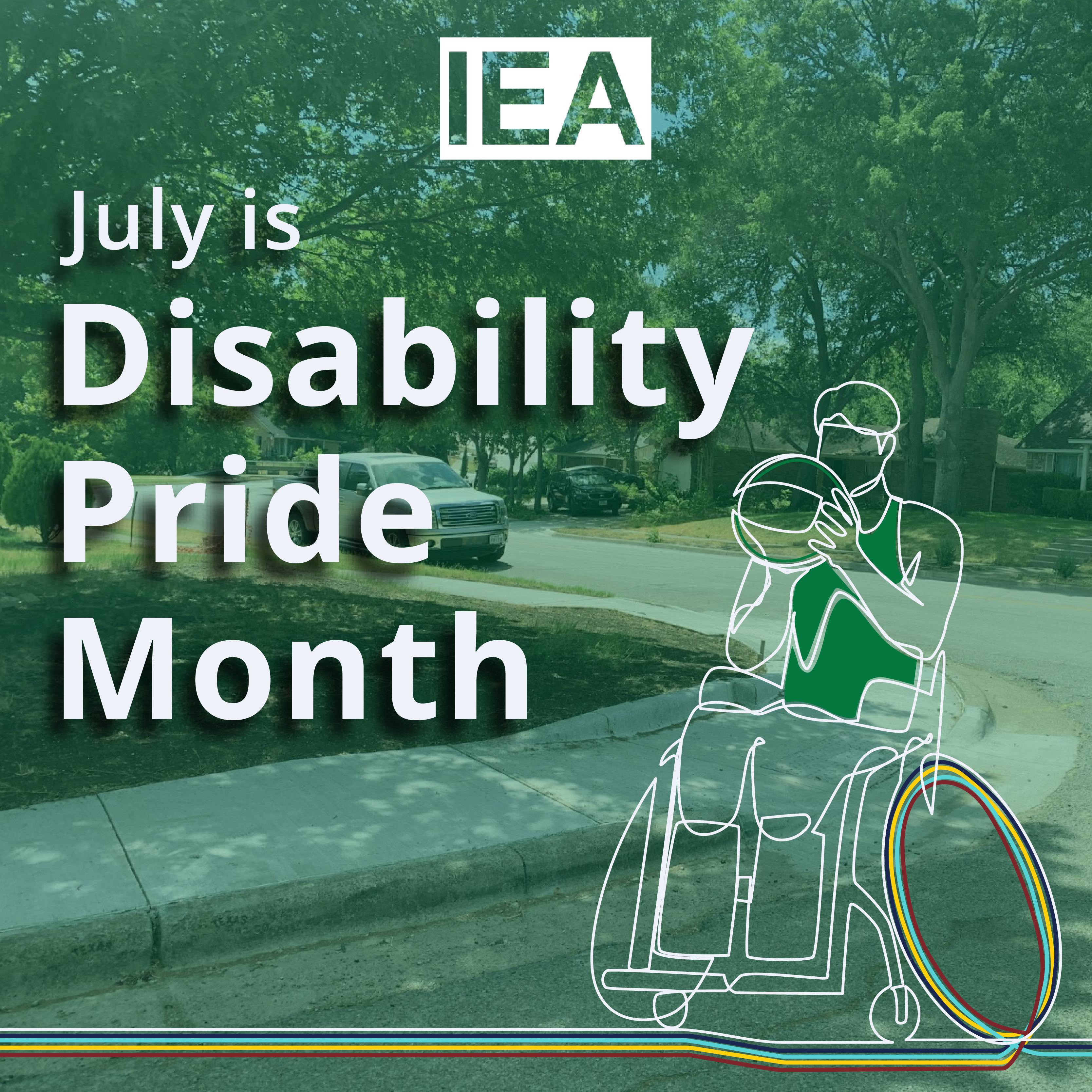ADA-Friendly Infrastructure: A Fundamental Right and a Benefit to All
CREATING ACCESSIBLE AND INCLUSIVE COMMUNITIES IS ESSENTIAL FOR ENSURING THAT EVERYONE, REGARDLESS OF PHYSICAL ABILITY, CAN NAVIGATE PUBLIC SPACES SAFELY AND INDEPENDENTLY SO ALL PARTS OF OUR COMMUNITY CAN BE CONNECTED.
Disability Pride Day is a time to celebrate the achievements and contributions of people with disabilities while also advocating for greater inclusion and accessibility in our communities. One critical aspect of this inclusion is the development of ADA (Americans with Disabilities Act) friendly infrastructure, such as accessible sidewalks and ramps. These elements are vital for ensuring that everyone, regardless of their physical abilities, can navigate public spaces safely and independently.
FOREST HILLS ADA DUNCANVILLE: A MODEL FOR INCLUSIVITY
Our recent project, Forest Hills ADA Improvements for the City of Duncanville, serves as a prime example of how thoughtful design can make a significant impact on a community. This project focused on improving pedestrian areas to meet ADA standards in 4 locations in the Forest Hills Neighborhood in Duncanville, transforming the area into a more inclusive environment for all residents.
Justin Toone, PE was the design lead for this project. He ensured that he designed barrier free ramps and pedestrian signal poles that would improve the well-being of this community.
When asked why ADA infrastructure is important for communities, Justin said, “These projects improve accessibility and provide equitable access to facilities and services for individuals with disabilities. This accessibility helps people be safe, self-reliant, and independent. ADA projects also help foster an inclusive environment where everyone can participate in their communities, regardless of ability.”
Justin went on to mention that when public dollars are involved, that money should benefit the public entirely, “There is also an argument to be made that there is a moral obligation to design projects that everyone can benefit from, especially when public dollars are being used for the construction.”
The Forest Hills ADA project illustrates how intentional design and a commitment to accessibility can create a more inclusive and welcoming community.
DISJOINTED SIDEWALKS = DISJOINTED COMMUNITIES
Accessibility is not just a matter of convenience; it is a fundamental right. Jennifer Nelson-Smith, IEA Marketing Director and a passionate advocate for disability rights, shared her personal story behind advocating for ADA infrastructure.
Jennifer’s aunt was born with muscular dystrophy. They were around the same age growing up. So when Jennifer’s family went to visit, they would watch movies together and Jennifer would bring back stories after playing around the neighborhood. The neighborhood didn’t have sidewalks or smooth roads, making it nearly impossible for her aunt and her wheelchair to get outside or go to many places.
Jennifer recalls the significant challenges they faced due to the lack of accessible infrastructure, “She had to be in the chair, and we had to have a ramp. I always wondered why her neighborhood didn’t have sidewalks. There were old asphalt roads with ditches, so she couldn’t play outside. Sidewalks would have made her mobile.”
Jennifer goes on to mention that sidewalks only make a difference when they are properly maintained to be accessible for all community members, “Accessibility is so critical, so everyone feels included and involved. Communities need sidewalks that aren’t disjointed and disconnected. That makes it unsafe for those that have limitations. And overall sidewalks improve safety for all pedestrians.”
Jennifer’s story highlights a crucial point: even those who are not directly affected by physical disabilities need to understand the importance of accessible infrastructure. Sidewalks and ramps are not just amenities; they are essential components of a community that values and respects all its members. They provide independence, dignity, and opportunities for social interaction for people with disabilities. But they serve more than just one group of the population. Safe sidewalks benefit parents with strollers, the elderly, anyone who might face temporary mobility issues, and provide the public with a safe area to exercise, maintaining the overall health of the community.
As we celebrate Disability Pride Day, let’s remember the importance of advocating for and implementing ADA-friendly infrastructure. By doing so, we ensure that our communities are accessible to everyone.

